This is a species that goes by many names, most commonly golden alexanders. However, there are other similar looking species (including one that is invasive) that share this common name. Golden zizia is probably the best compromise that avoids confusion. That being said, I’ll always recommend learning botanical names, which is the only way to guarantee avoiding any confusion. It’s not to come off as pedantic. The more plants you learn or grow, the more confusing common names become.
Zizia aurea is one of those species that I find many people forget exist until they bloom in spring. They look a bit like parsley, and one of their common names is wild parsley. However, don’t use this one as an herb. It’s reported that you can eat the flowers and stems, either in a salad or cooked (resulting in a flavor similar to broccoli), but the rest of the plant is toxic.
The only ethnobotanical use of this plant on record is from the Meskwaki. They made (not sure if they still do) a compound containing flower stalks to treat headaches caused by illness, and the root was used as a febrifuge. (Source: Native American Ethnobotany by Daniel E. Moerman) Since there is no reference to using this plant as food in either the ethnobotanical book or in Sam Thayer’s field guide on edible wild plants, I’d recommend exercising caution and maybe leaving this one for the insects.
I don’t have rabbits in my yard, so I cannot speak to whether or not rabbits will eat this. However, I haven’t noticed my plants being bothered by deer. Your deer may vary.
Variegated Zizia aurea
Zizia can present with a good bit of color variation in its leaves – I have ones in my garden that are a mix of yellow-green and green. However, none of the ones available on the market show such striking variegation as the ones I’m listing here. The seed for this was collected and grown with permission from a wild species selection found at Jenkins Arboretum. Note: I was a horticulture intern at Jenkins Arboretum in 2024, and continue to volunteer there when I have time. Visitors are not permitted to collect seed – do not collect without prior authorization from the garden staff.
To our surprise, the vast majority of seedlings from the variegated one also display a good bit of variegation. The same plant may have some green leaves as well as ones that are almost entirely white. I’ve even seen hints of red on the more strongly variegated types, including in the stem. Each new leaf presents differently. Jenkins will likely also offer the variegated type in the future, if you happen to spot it at the garden shop.
Find golden zizia in the wild
This species is quite common throughout its range and native in PA.
Habitats include moist black soil prairies, openings in moist to mesic woodlands, areas along woodland paths, savannas, thickets, limestone glades, thinly wooded bluffs, powerline clearances in wooded areas, and abandoned fields. Golden Alexanders occurs in both degraded and higher quality habitats. It adapts readily to habitat restorations. (Source)
[In PA] Grows along stream banks & in moist meadows. (Source)
Grow golden zizia in your garden
The focus at The MagiK Garden is primarily on woodland species, including woodland clearings, openings, margins, etc. For that reason, the vast majority of my plants, both in the nursery and in the garden, are in part sun to light shade. In these conditions, golden zizia tends to be a bit slower to grow and fill in, and stays on the shorter side of things. At the same time, it’s also far more tolerant of drought or dry spells when it isn’t baking in the sun.
Alternatively, this species can absolutely handle growing in full sun conditions, ideally in moist soils. According to Growit Buildit (a wonderful source on gardening, with a huge focus on native gardening), these plants become quite large in full sun, reaching up to 3ft tall. He reports that even in full sun they are fairly drought – or at least dry-spell – tolerant.
Flora of Southeastern US (which includes Pennsylvania) places this species at a 6 on the Heliophyte Index. That means that the plant’s ability to thrive in both full sun and dense shade is nearly the same. So maybe don’t plant it in dense shade, but light shade is fine. Whatever your site conditions may be, this is an easy garden plant with very minimal maintenance.
Hosting black swallowtails on golden zizia
I have, so far, found four caterpillars in my golden zizia flats. I also did not grow any produce/herbs this year due to being too busy with starting up a nursery. However, my neighbor does grow a significant produce garden each year, so I’m sure they had other options nearby (just over the fence). Worth noting (though I’ll have to take another look), I did not find them on my plants in the garden.
I think what the butterflies are seeking is a large patch of host plants. Growing several flats of Zizia will create a dense patch for sure. So when you plant them, make sure they look like one big patch of golden zizia, not a bunch of individual plants. This would make sense, as these caterpillars get big, and they eat a lot. Your patch needs to be capable of raising several young with their very hungry caterpillar appetites.
Part of me is also curious if the variegation in the leaves made them more “flashy.” If they are looking for flowers, for example, the white could grab their attention. This is only speculation, and someone would need to do a proper test of a patch of variegated zizia as well as patch of green. You can create a dense patch of them in a large planter – something I intend to do. I have a large garden, but I love tucking in planters throughout as functional décor.
Be sure to plant them next to the adults’ favorite nectar plants – milkweeds and native thistles – and either leave a patch of bare ground that you spray to keep moist (you can mix in some leaf mold and cover it with sand to reduce evaporation) or set out a puddling station for the males. Design your garden to look like a bed & breakfast for the butterflies, and they will reward you with caterpillars.

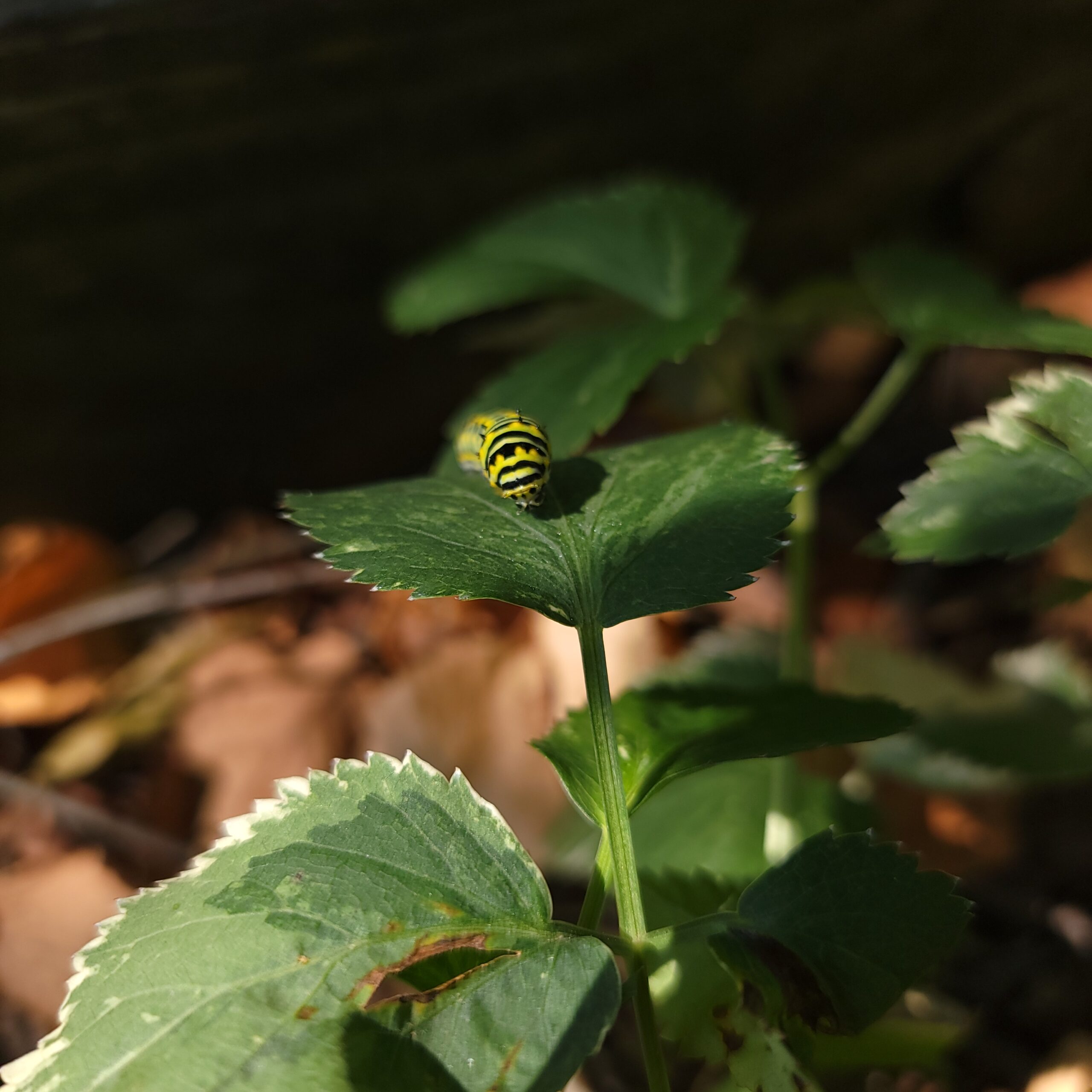

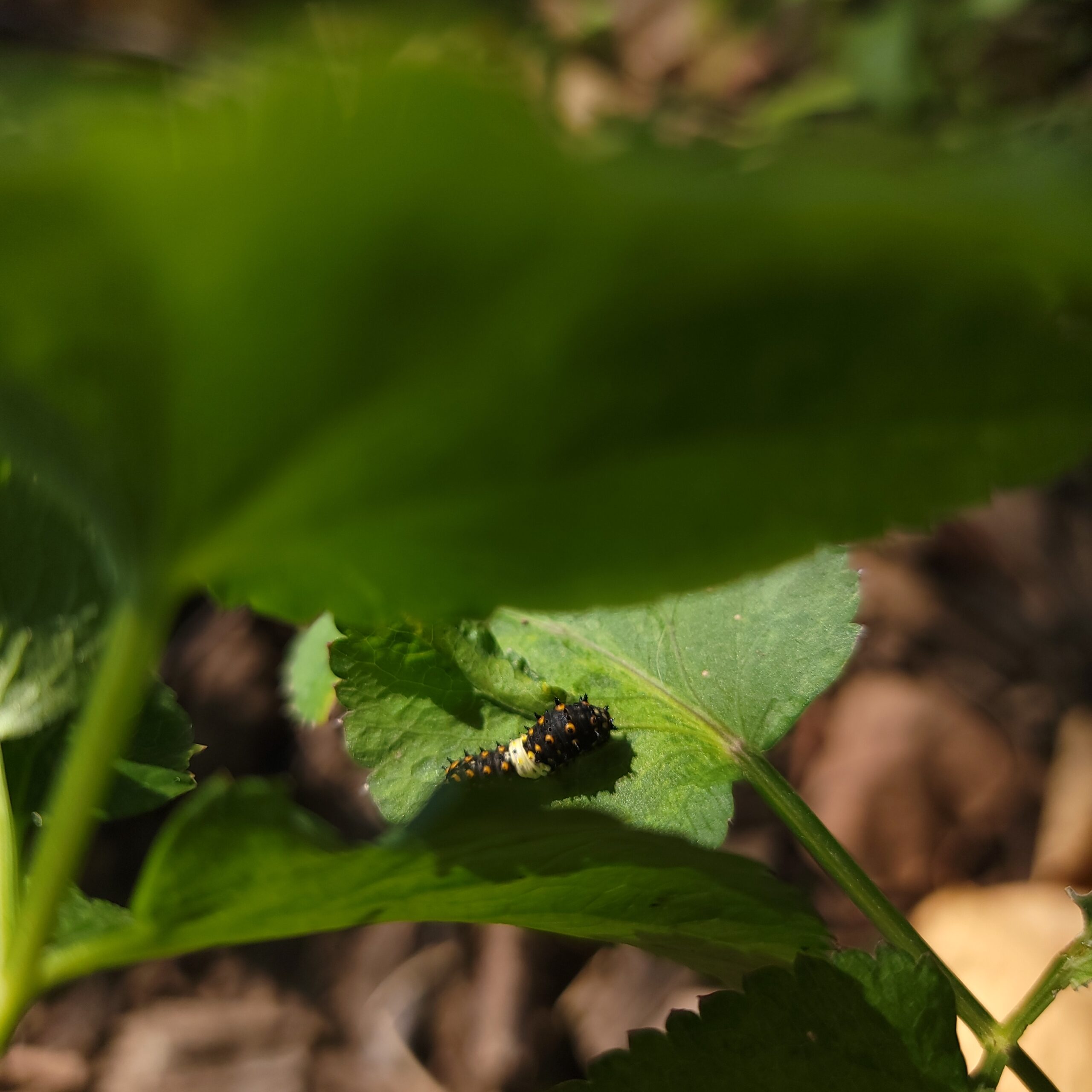
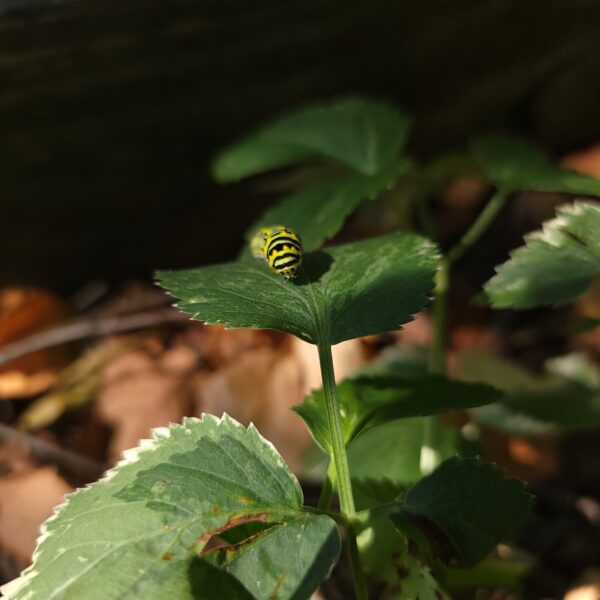


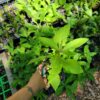


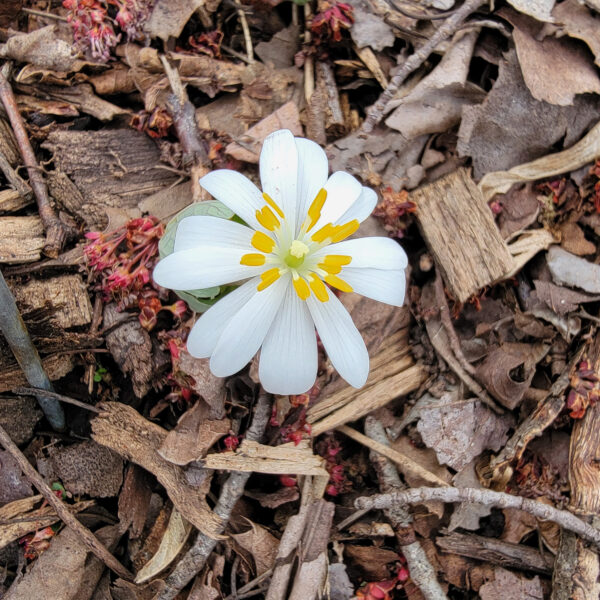


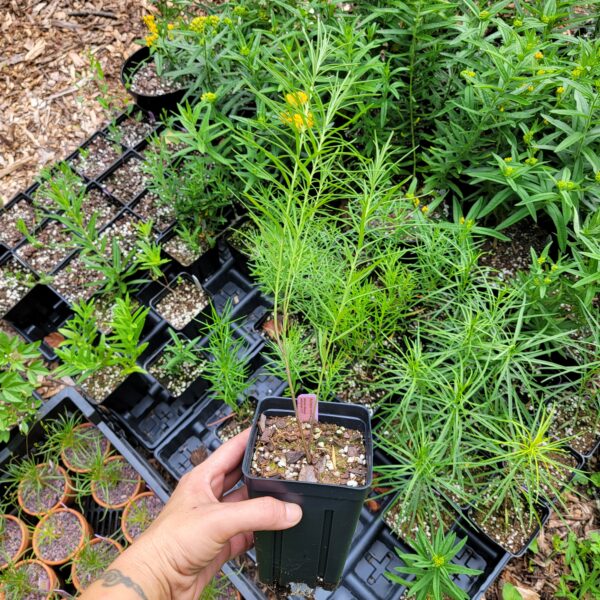
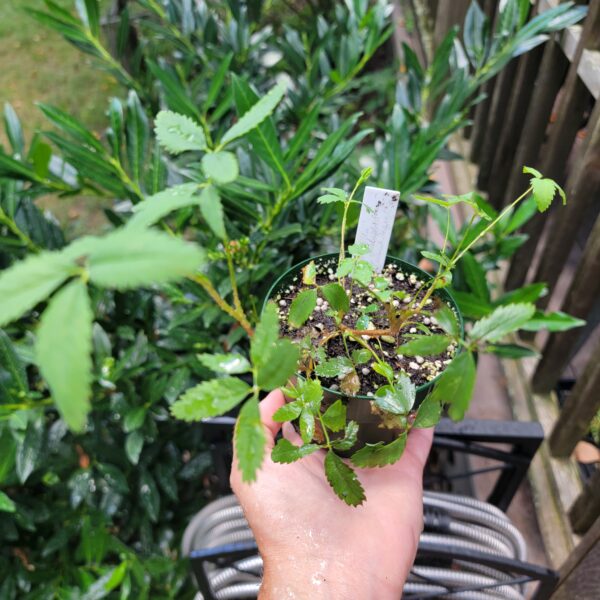

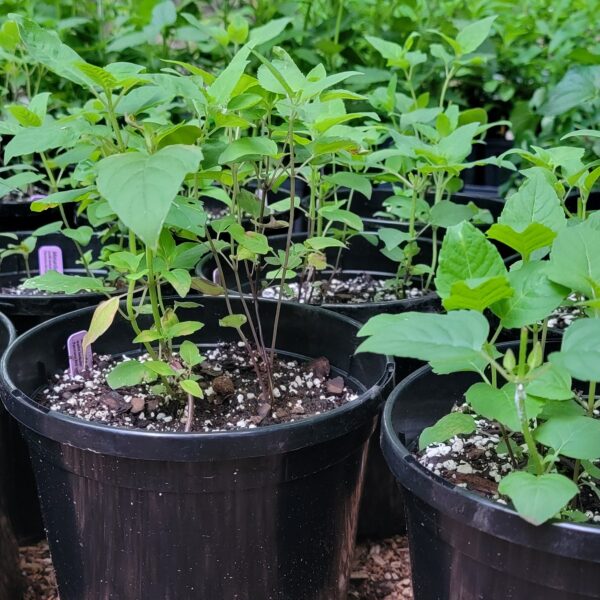
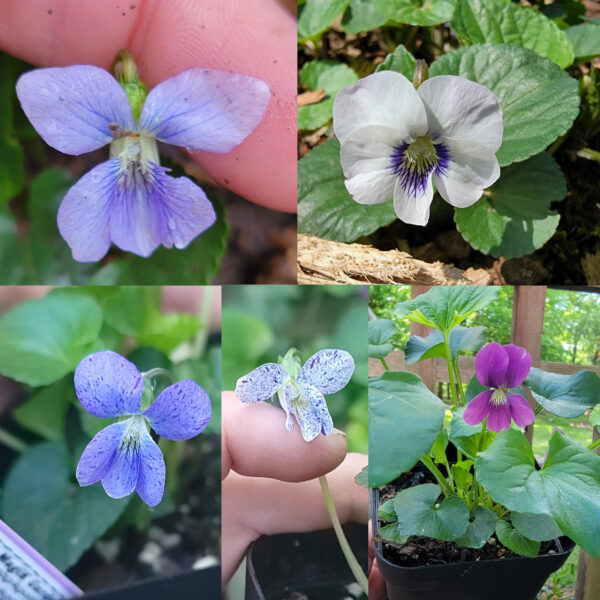

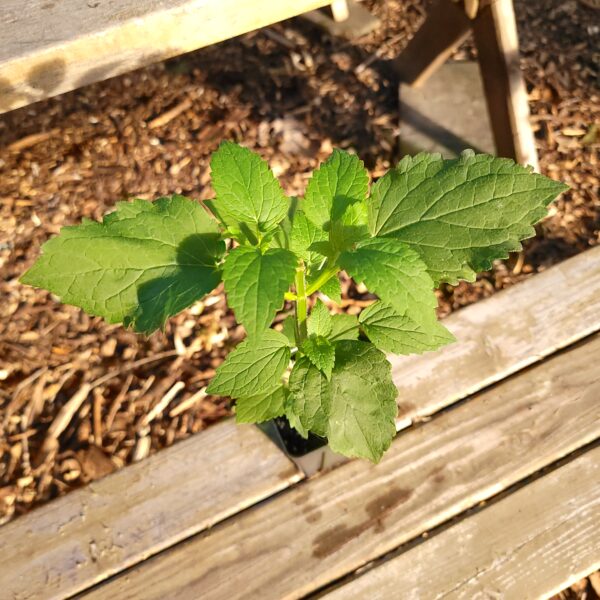
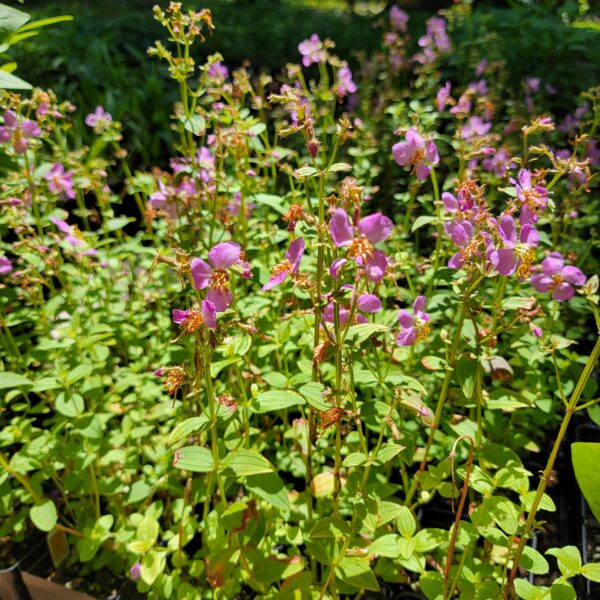
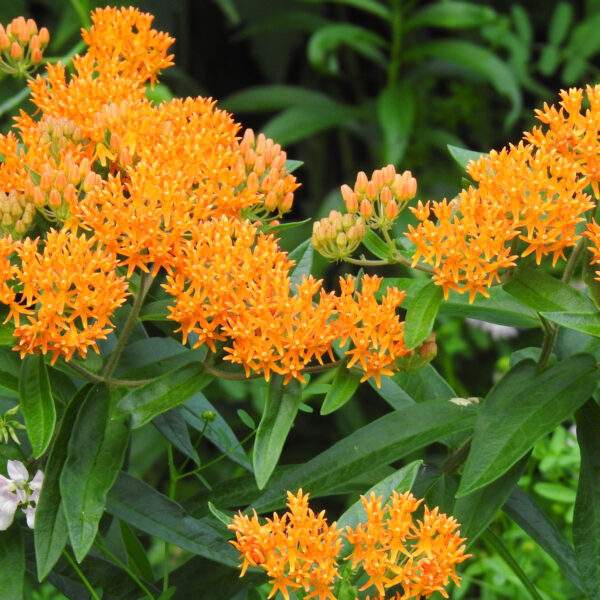


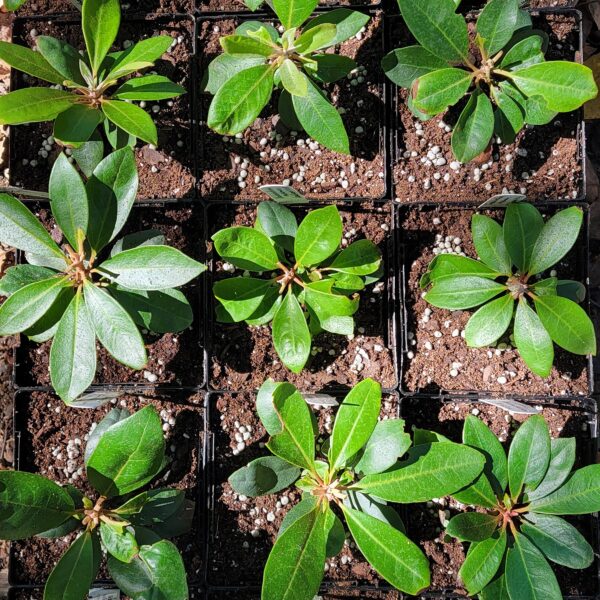


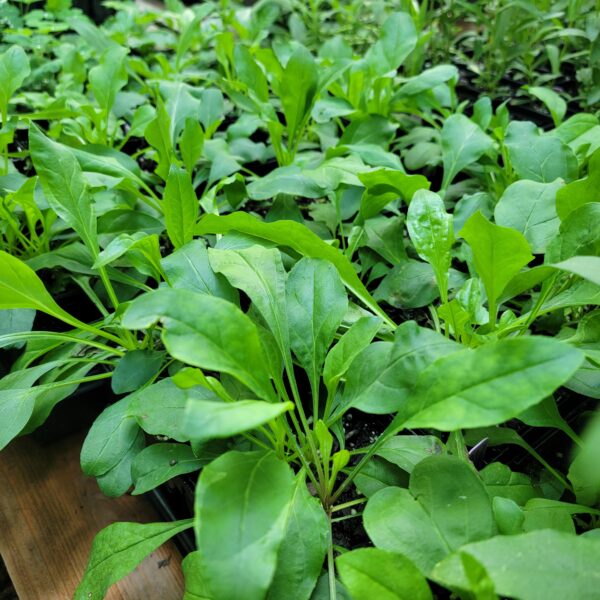

Reviews
There are no reviews yet.